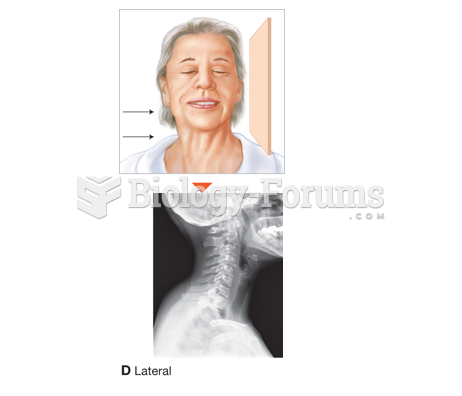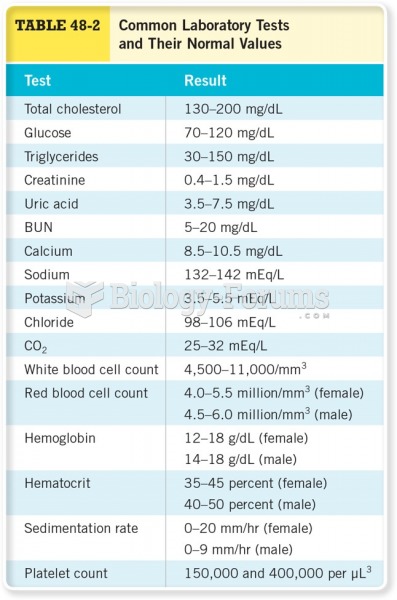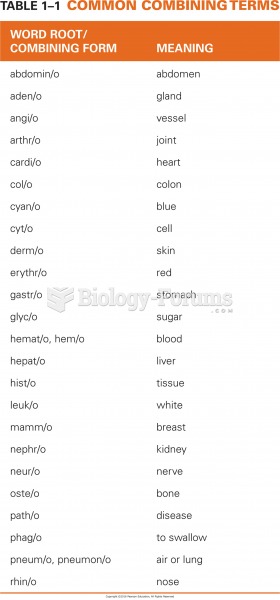Answer to Question 1
1, 2, 4
Rationale 1: Tobacco smoke, household dust, and medications like aspirin and ibuprofen are just a few examples of asthma triggers.
Rationale 2: Tobacco smoke, household dust, and medications like aspirin and ibuprofen are just a few examples of asthma triggers.
Rationale 3: Exercise in dry, cold climates can cause asthma attacks.
Rationale 4: Tobacco smoke, household dust, and medications like aspirin and ibuprofen are just a few examples of asthma triggers.
Rationale 5:Acetaminophen (Tylenol) is incorrect because this medication is not known to be an asthma trigger.
Global Rationale: Tobacco smoke, household dust, and medications like aspirin and ibuprofen are just a few examples of asthma triggers. Acetaminophen (Tylenol) is incorrect because this medication is not known to be an asthma trigger.
Answer to Question 2
2, 3, 4, 5
Rationale 1:Asthma is incorrect because it is not a cause of allergic rhinitis.
Rationale 2: The exact cause of allergic rhinitis is often difficult to pinpoint; however, common causes include pollen from weeds, grasses, and trees; molds; dust mites; certain foods; and animal dander. Nonallergenic factors such as chemical fumes, tobacco smoke, or air pollutants such as ozone can contribute to the symptoms.
Rationale 3: The exact cause of allergic rhinitis is often difficult to pinpoint; however, common causes include pollen from weeds, grasses, and trees; molds; dust mites; certain foods; and animal dander. Nonallergenic factors such as chemical fumes, tobacco smoke, or air pollutants such as ozone can contribute to the symptoms.
Rationale 4: The exact cause of allergic rhinitis is often difficult to pinpoint; however, common causes include pollen from weeds, grasses, and trees; molds; dust mites; certain foods; and animal dander. Nonallergenic factors such as chemical fumes, tobacco smoke, or air pollutants such as ozone can contribute to the symptoms.
Rationale 5: The exact cause of allergic rhinitis is often difficult to pinpoint; however, common causes include pollen from weeds, grasses, and trees; molds; dust mites; certain foods; and animal dander. Nonallergenic factors such as chemical fumes, tobacco smoke, or air pollutants such as ozone can contribute to the symptoms.
Global Rationale: The exact cause of allergic rhinitis is often difficult to pinpoint; however, common causes include pollen from weeds, grasses, and trees; molds; dust mites; certain foods; and animal dander. Nonallergenic factors such as chemical fumes, tobacco smoke, or air pollutants such as ozone can contribute to the symptoms. Asthma is incorrect because it is not a cause of allergic rhinitis.







